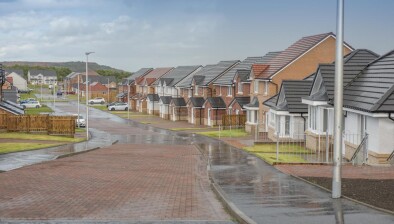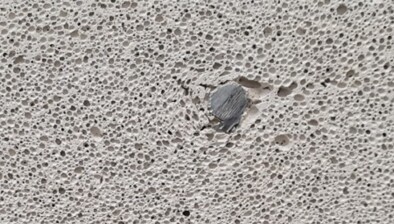West Lothian Council unveils new local strategy for transition towards net zero

Heat Network Zones are set to be established in West Lothian as part of a proposed plan to increase energy efficiency and lower carbon emissions.
Heat networks supply heat to homes and buildings from a central source, avoiding the need for individual heating systems. They can offer an efficient, environmentally friendly way to heat homes and businesses, and will play a key role in achieving wider climate change targets.
A meeting of West Lothian Council Executive has approved the development of the council’s first Local Heat and Energy Efficiency Strategy (LHEES).
The draft LHEES has identified 14 potential Heat Network Zones across West Lothian.
The LHEES is to serve as a long-term strategic framework for the improvement of the energy efficiency of buildings in the local authority’s area, and the reduction of greenhouse gas emissions resulting from heating those buildings.
A public consultation will be arranged by the end of 2024 to ask members of the public their thoughts on the ongoing development of the strategy and its key priorities.
Other activity is set to include regular engagement with homeowners and local businesses around steps to improve energy efficiency within their properties.
All local authorities in Scotland are obliged to produce a LHEES following the introduction of The Local Heat and Energy Efficiency Strategies (Scotland) Order 2022.
In accordance with the Scottish Government’s guidance, the LHEES for West Lothian uses the Home Analytics Scotland and the Non-Domestic Analytics Scotland datasets. These datasets are produced by the Energy Savings Trust and provide data on the Scottish building stock.
The report to the council executive noted that while much of the data requires verification at a local level, the datasets do provide baseline figures to work from.
According to the data, lack of wall insulation is the most common contributor to energy inefficiency in West Lothian with 30% of West Lothian’s domestic dwellings having uninsulated walls. Uninsulated cavity walls are the most common construction type with 25,547 domestic dwellings in West Lothian having uninsulated cavities.
Leader of West Lothian Council Lawrence Fitzpatrick said: “Reducing carbon emissions and increasing energy efficiency have been priorities for the council for some time as we are in the midst of a global climate crisis. The development of the LHEES will provide further focus on achieving both objectives and further communication will be released in due course to detail how local communities will be to get involved in further development of the strategy.”
















